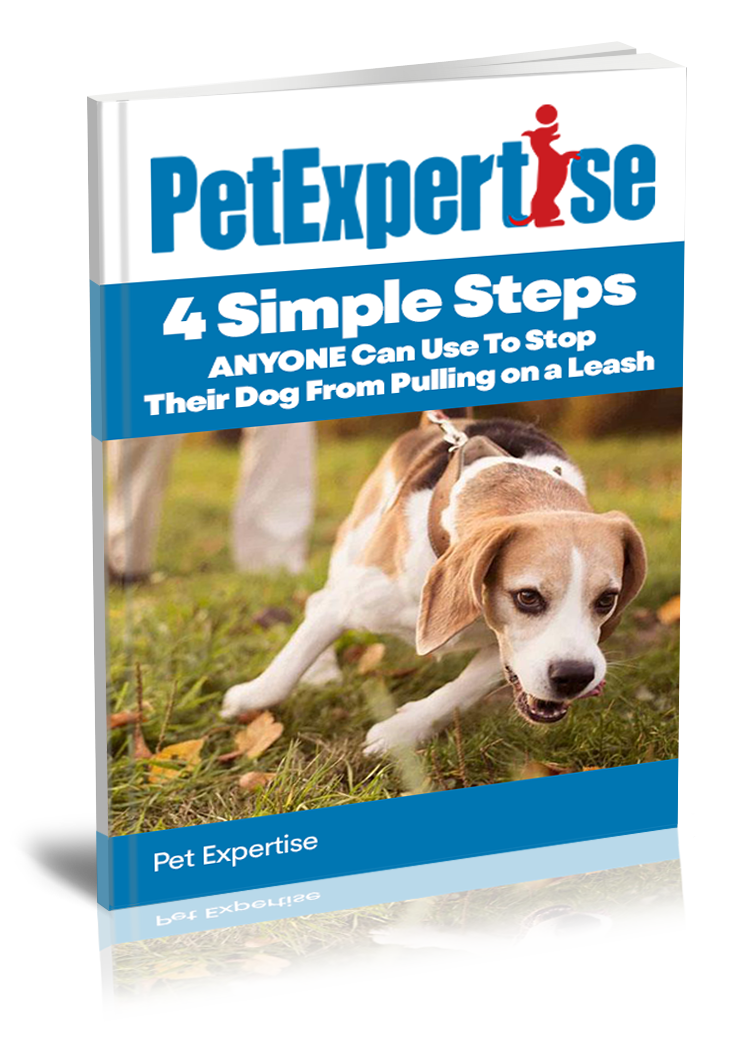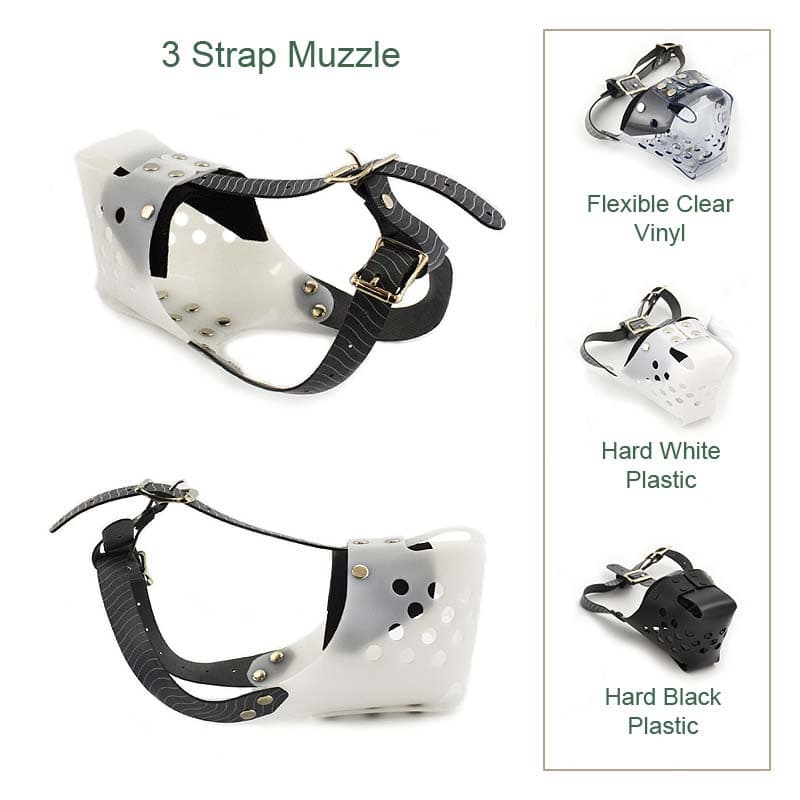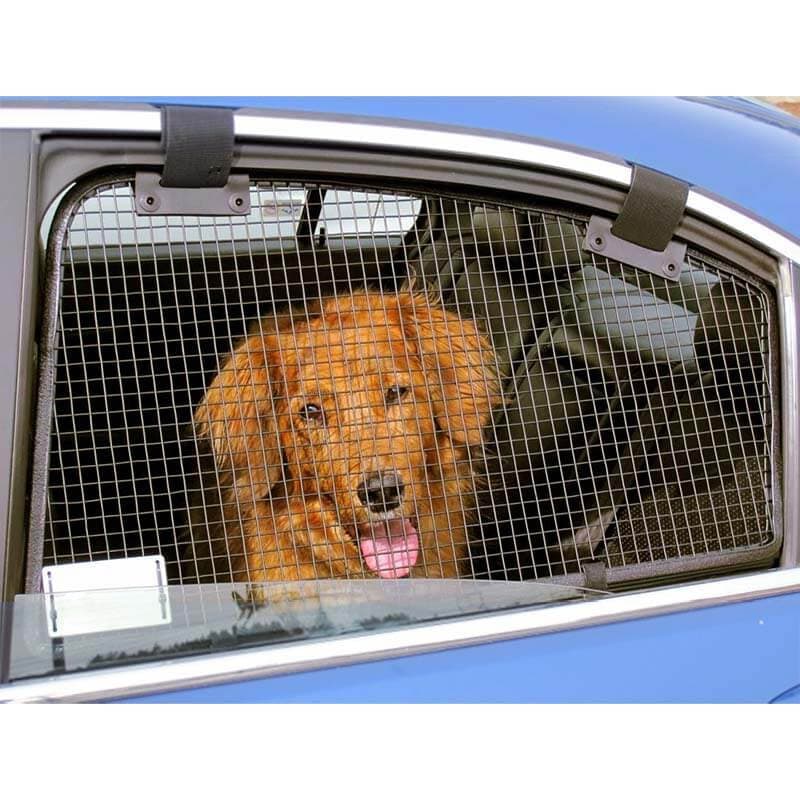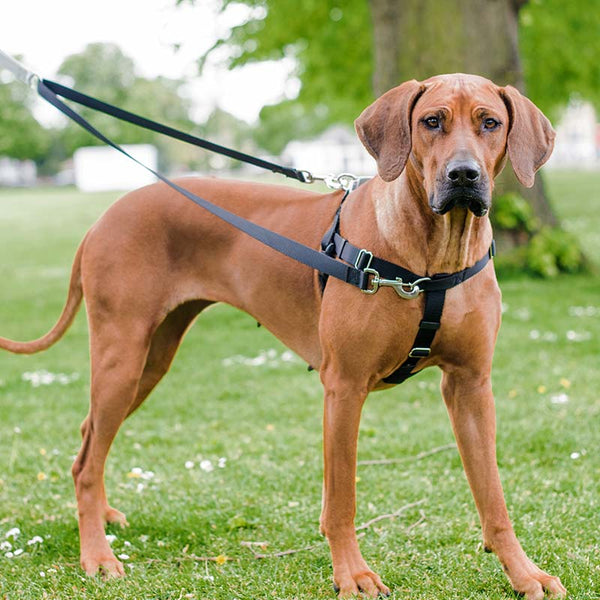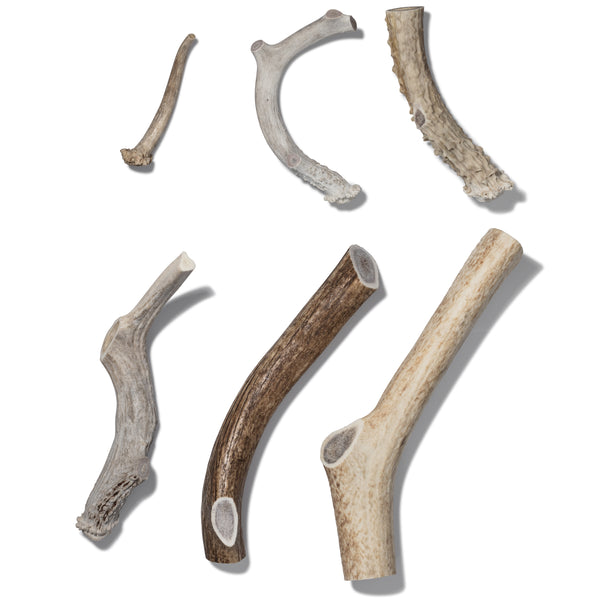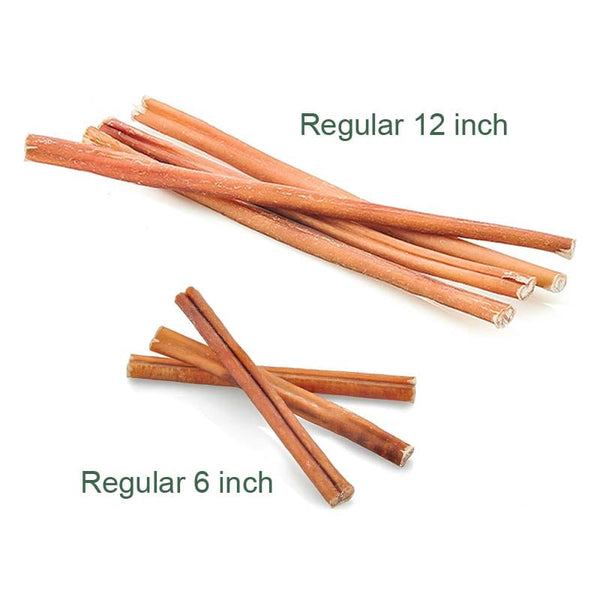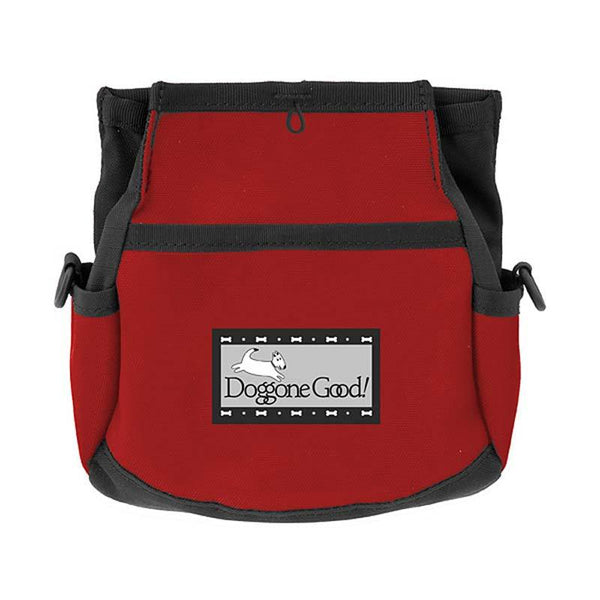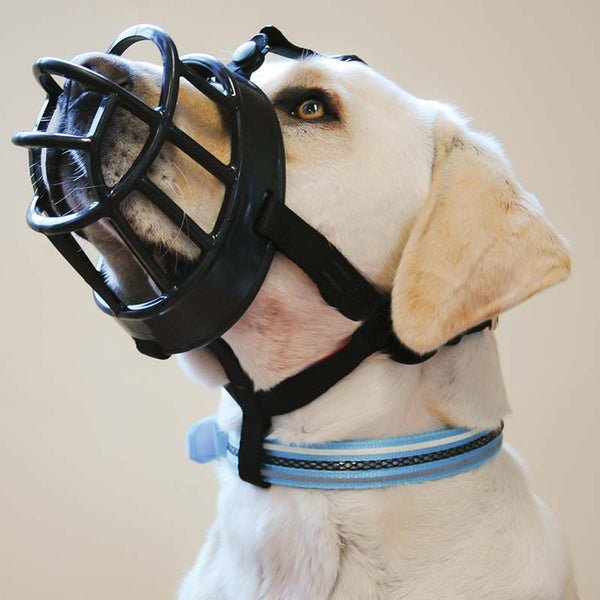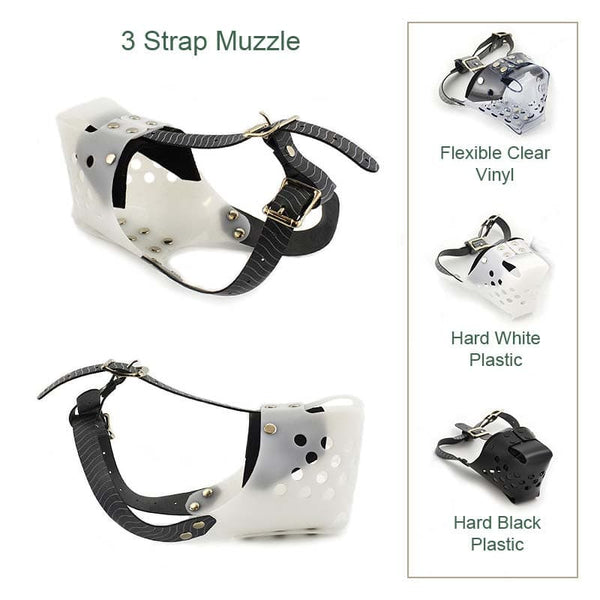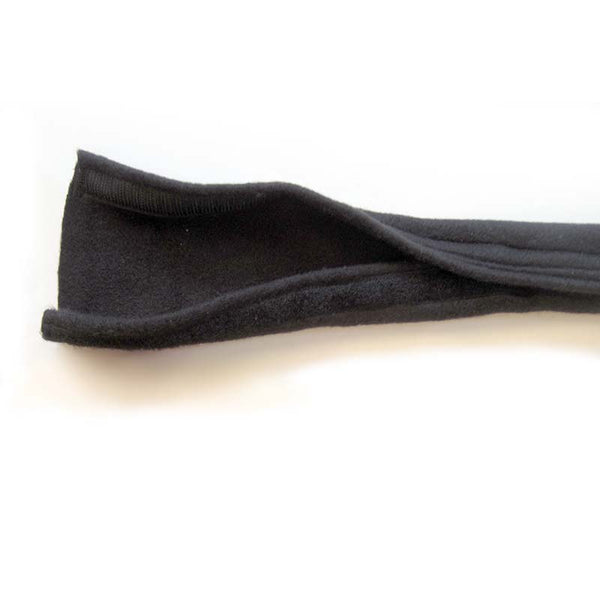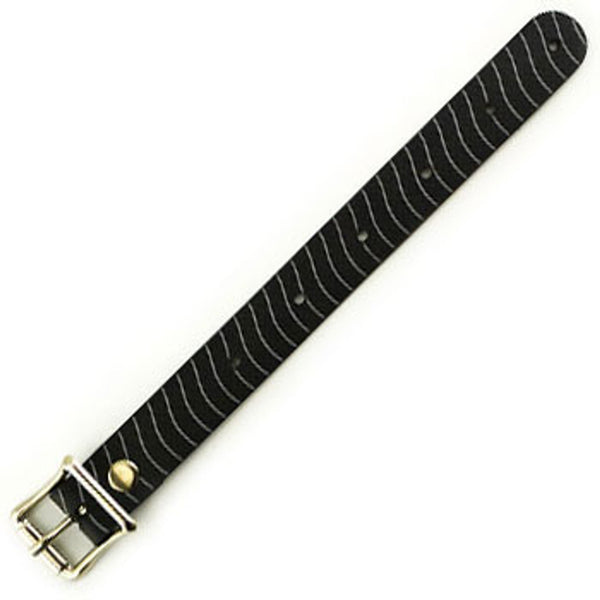Training Your Dog To Come to You When Called
By Jess Rollins
Copyright Info
Come on Over!
Why teach the your dog to come to you? This is the ultimate in safety cues! If your dog ever escapes the home you will want to have a solid foundation for this behavior to potentially save his life. It is also a great way to direct him onto something else. If he is about to check out what's in the trash, call "Come!" (and give him his reward as you cover the trash can.)
Teaching the Basic Behavior, Come:
1. Find a quiet place to practice and get your clicker, treats and dog. Put a treat on the floor for your dog to eat and walk to the other side of the room. Hold your hand out with a treat visible and say your dogs name if he is not looking at you. Once you get his attention (or if you already have it), say "come" in a normal/happy tone of voice. Click when your dog begins to come to you. Praise him the rest of the way and give him a treat when he gets to you. While you reward him, touch his collar (this is a good idea in case your dog ever decides to play the grab the treat and run game!). Practice this about 10 times and take a break. Alternatively you can play this with a second person and "Ping Pong" him back and forth.
2. Begin the exercise in the same way as above, hold your hand out as if you have a treat in it, but it will be empty (we will fool him a bit!). Click him for beginning to come and treat him when he gets to you from your pouch or pocket. Repeat 10 times and take a break.
3. Continue practicing using the empty-hand. This is now a "hand signal"! If you would like, you can also fade this so that the dog responds to the verbal cue alone.
Becoming More Reliable:
1. Practice out of sight, outside and in more distracting environments.
2. Decoy exercise: One person is the "handler" and will call the dog. The "teaser" will tempt the dog with food or a toy and if the dog goes toward them the teaser should ignore the dog and turn away. When the dog finally comes to the handler, he gets rewards from both the handler and the teaser.
3. Fetch-interrupt exercise: Toss a ball or piece of food. As the dog is chasing it call him. If he comes after getting the ball/treat he gets clicked and one small treat. If he comes before getting the ball/food he gets a click and jackpot. Sometimes you might need a little luring to get him started: toss the ball/food and then quickly put your treat to his nose, click and jackpot if he comes directly to you then fade the lure out. Alternatively if your dog will fall for it you can try faking him out by making the appropriate motions but not throwing anything. This is a great game to play with his meal of kibble "“ toss one piece of kibble, if he interrupts chasing it to come to you when you call, click and give him a whole handful of it.
4. Hide and seek: When your dog is wandering around and seems to have forgotten you exist, hide behind a tree. When your dog comes looking for you c/t and make a big deal of him. Always work in a safe area.
Tips:
1. Never call your dog for something he may feel is unpleasant. For example, when leaving the park: call your dog, put his leash on and play for a bit longer before going home.
2. Make coming to you always fabulous! Always treat, use the jackpot, and occasionally bring out a toy from your pocket and throw it or play a little chase as an additional reward.
3. If your dog does not come to you in an emergency, try this: running backwards away from the dog, crouching down, clapping your hands, whistling, squeaking a toy, or luring with food. Do not run towards him as this is an invitation to play "catch me" and humans usually lose this game! Once he comes to you he must ALWAYS be rewarded, even if he didn't come initially and stressed you out in the process!
4. C/T your dog for "checking in" when you haven't cued it and he's off lead.
5. Practice Come at least 5 times per day (forever!).
6. Be safe: Work in a fenced area or use a "long line". Let your dog drag this and practice in a park or field. Make sure it is long enough so that you will be able to step on it if he decides to "take off".
If he is off lead, have him wear a collar bell to help locate him if he is lost.
Check out the products we offer for help with teaching your dog to come to you!!

